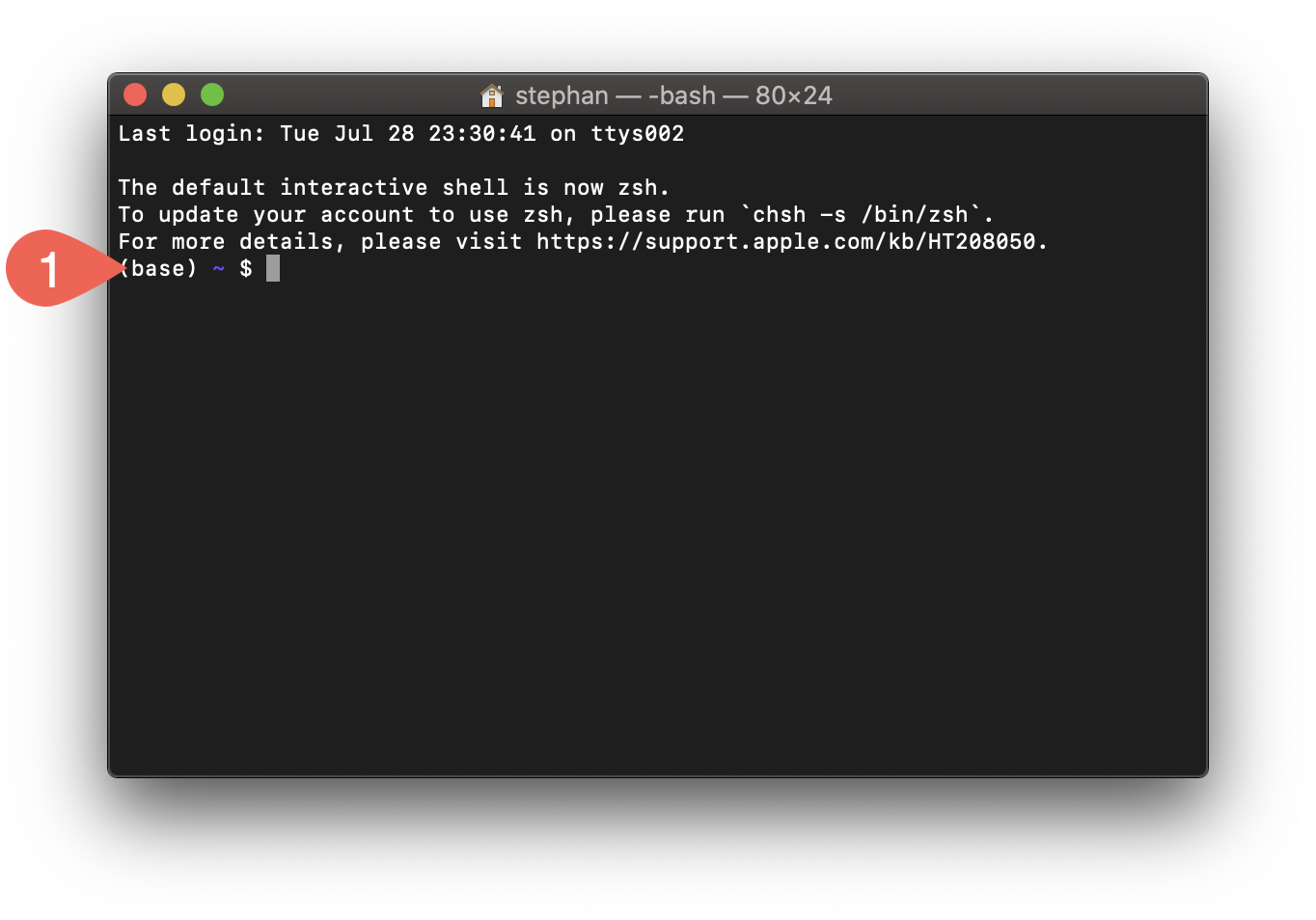
#Then run this to make sure you didn’t miss any: Not sure why, but that fixed things for me.
INSTALL ANACONDA WINDOWS SUBSYSTEM FOR LINUX INSTALL
If you get ‘permission denied’, or it hangs, just rerun the install command that failed. #install psycopg2, to interface with PSQL Install Conda (need to restart after installing for it to recognize ‘conda’ commands) To install the newest version of PSQL, you should uninstall that version first, then install the new version from here If you want 9.5 in Ubuntu, good news! You already have it.

Installation InstructionsĮdit: I originally had installation instructions in here for PSQL 9.5. This works for Django 2.0, PSQL 9.5, and Conda 4.5.9. PSQL gave me some issues just running within WSL, but I found that I just need to add ‘-h localhost’ to get it to run.īelow are the commands I used to get Conda, Django, and PSQL all set up on my PC and then again my laptop. I found that for Django and PostgreSQL, making sure everything was running from localhost (or 0.0.0.0) instead of 127.0.0.x, seemed to fix any issues I had. Between posting the issue with localhost on WSL and starting this new app, there was a response that I had been meaning to check out. Recently, I’ve been developing a Django application (more on that in a future post), and I ran into a similar issue. However, I ran into an issue that prevented me from seeing a locally hosted version of the API in Windows, so I switched to the Windows command line for that app.

When I created my Grocery List Flask App, I began by using WSL. WSL is essentially a Linux VM of only a terminal shell in Windows (with no GUI access to Linux) and no lag (like you get in most VMs).

In fact, I use it almost exclusively for accessing the server I run this blog from. Because I feel much more comfortable in a terminal than on the Windows command line (or in Powershell), I’ve really been enjoying Windows Subsystem for Linux (WSL).


 0 kommentar(er)
0 kommentar(er)
